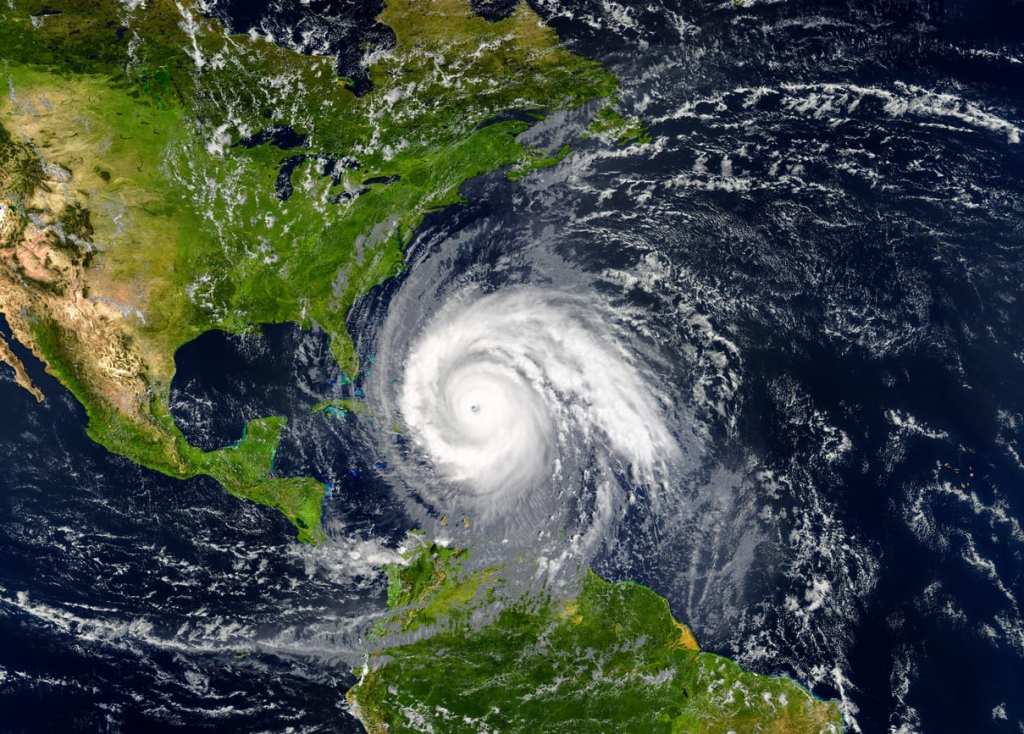Trending Now
Hurricanes have the most random names sometimes. Barry? Dorian? Who comes up with this stuff, anyway?
Well, though hurricane names may seem random, there is actually a system to it all.
Hurricanes in the West Indies used to be named after the saint’s day when the storm hit. In the 1900s, an Australian meteorologist decided to name hurricanes after women’s names instead of saints (cause they’re destructive?), and the United States followed suit in 1953. In 1979, men’s names were also added to the list.
But how does a particular hurricane gets its name? The World Meteorological Organization uses an alphabetical list. For the Atlantic coast, there are six lists with 21 names each, one for every letter of the alphabet except Q, U, X and Y. Each list is to be used for one year — every time a storm comes, meteorologists take the names alphabetically on that year’s list. After six years, the naming process starts over with the first list again.

Photo Credit: iStock
The process is the same for hurricanes on the Pacific coast, except that the lists include names for every letter except Q and U.
If there are too many hurricanes in a given year and meteorologists run out of names, then the rest come from the Greek alphabet, starting with Alpha and going down to Omega.
The lists are already established, but there are a few exceptions. If a hurricane is particularly bad, it gets a unique name (like Katrina or Sandy). Also, the World Meteorological Organization sometimes decides to retire names from the list at its annual meeting. The names Florence and Michael, for example, were recently retired.

Photo Credit: iStock
So, now you know! Some future hurricane names to look out for in 2019 include Fernand, Gabriella and Humberto (on the East coast) and Juliette, Kiko and Lorena (on the West coast).






